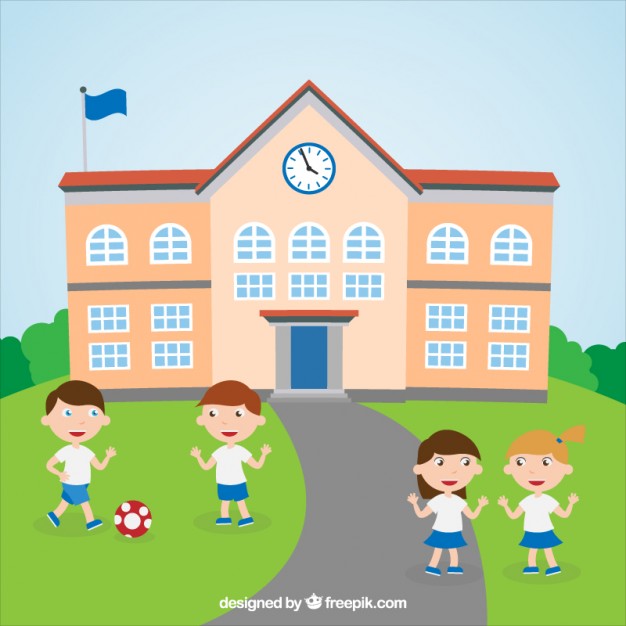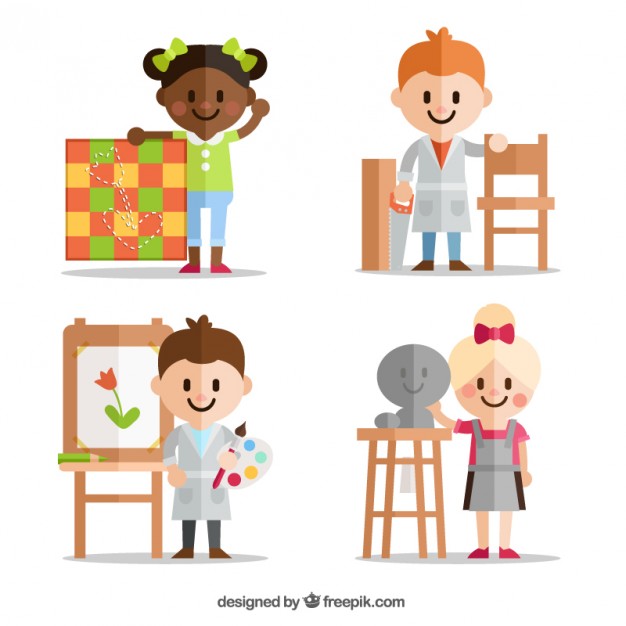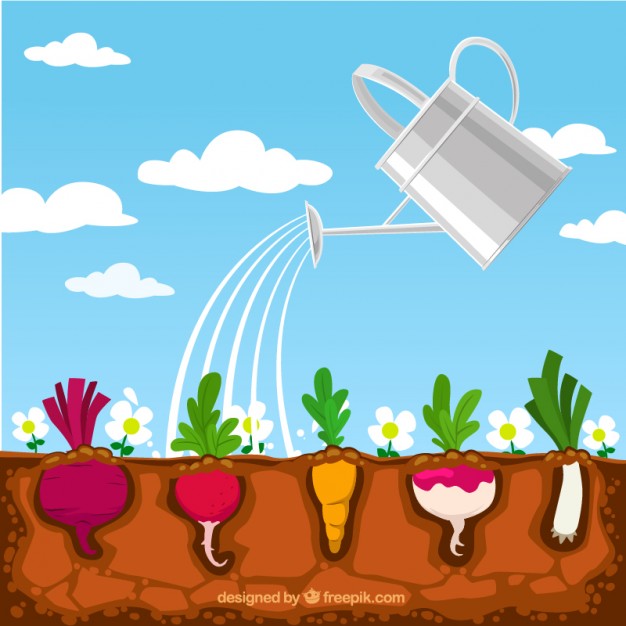Dear Diary,
As the days grow colder and wetter, I want to be able to utilize as much sun and the outdoors as possible before the weather turns worse, so I have been staging some activities for outside the classroom. However, I came to a roadblock because the situation turns hectic as soon as I take my eyes off the students, and I found it extremely difficult to re-direct their attention back onto the lesson at hand. Hence, I decided to go to this conference during my Professional Development Day that was being held at a rural community, and boy, am I glad I went! I learnt about place-based learning, environmentalism in the classroom, and so much more that I was not expecting (such as English as a Second Dialect and how to engage these students in the classroom and to benefit their own learning, balanced literacy, and gifted students), but are all interrelated in one way or another!

Some key things that I took away from this conference is that there is no one way of doing things; Not all children are the same as they do not come from the same cookie cutter, hence there is no cookie cutter solution. Each and every child is different, and their needs need to be catered to them differently and individually.

For example, gifted students may excel in one area (which may or may not be academics, but can also be in a creative medium), or may excel in multiple areas. Just because the student may be gifted, does not imply that
- They are talented in all areas
- They want to be recognized as gifted
- They are perfect in each and every way
Students who are identified as gifted need to have our support to help develop and further nurture these skills. Teachers need to put in additional work to enhance lesson plans to make it more challenging to these students, as well as to cater it to their own interests, while simultaneously engaging them with the other students. Furthermore, teachers need to create a safer classroom environment such that students who are gifted will not feel threatened or intimidated (or even shameful!) because of their talents. In the conference, the presenter said that it is a lot easier to work with identified gifted students – it is those students who are the “hidden gifted” that are more difficult to find and encourage. However, the main takeaway is that all gifted students are different (just like how all children are different), and that they cannot easily be categorized into classifications.

Another key thing that I learnt was in how to create a balanced literacy program in my classroom, specifically on some of the tools that can help guide and encourage students’ participation in reading and writing. I find that many students in the classroom like to read, but are not strong writers, and likewise, vice versa for other students.

I am hoping to use some of the tools that I learnt in this conference to better equip myself to assist my students. Some of the tools that were presented shared this similarity: they are all multimodal. Like what I said previously about how no child is the same, this also applies to their learning styles. I have to use a combination of different strategies to help each student, and some of the strategies that I took away from this conference are
- Incorporating students’ own experiences into the activity
- Presenting lessons using the five senses
- Using hands-on activities
- Setting up literacy centres that students have easy access to (e.g. computers, book club)
- Deviant from the traditional method of assessing (which is written examinations), and use visual, oral, or written tests instead

One other thing I need to watch out for is to encourage my ESD (English as a Second Dialect) students to continue to use their language/dialect in the classroom. I also need to speak with the teacher in charge of ELL on some of the research that suggests ESD should not be in an ELL program because their English comprehension is a lot more advanced than some of our ELL students, so they could feel discouraged of themselves and their language, and that’s the last thing we, as teachers, should do – breaking a students’ confidence.

Anyways, back to the main reason why I went to the conference in the first place! They offered a session on incorporating environmentalism in the classroom, and I feel that they could have combined the presentation with the place-based one since they feature very similar strategies, but under a different theme.
For instance, it helps students connect with the community and their own place of being by being in nature. It also allows them to begin to inquire where and how their food comes from. I overheard some of my students discussing about the origin of oranges, and they all concluded that oranges came from the grocery store – just like the bananas and the apples!

This is very concerning for me because I want students to recognize and acknowledge the hard work that goes into just one orange, and the impact it has on the environment. So, I think by implementing a school garden program, I can directly show and involve the students this concept. Moreover, this will incorporate the environmental aspect of it as it will show the process from beginning to end, as well as ignite their curiosity and higher thinking on some of the effects that the transport of oranges can have on the earth. And the best part is? All the students will probably (hopefully!) all be engaged in the lesson-that-does-not-seem-like-a-lesson lesson!

I sure learnt a lot from this Pro-D Day conference and I cannot wait to try out some of these tools in my classroom with the students!